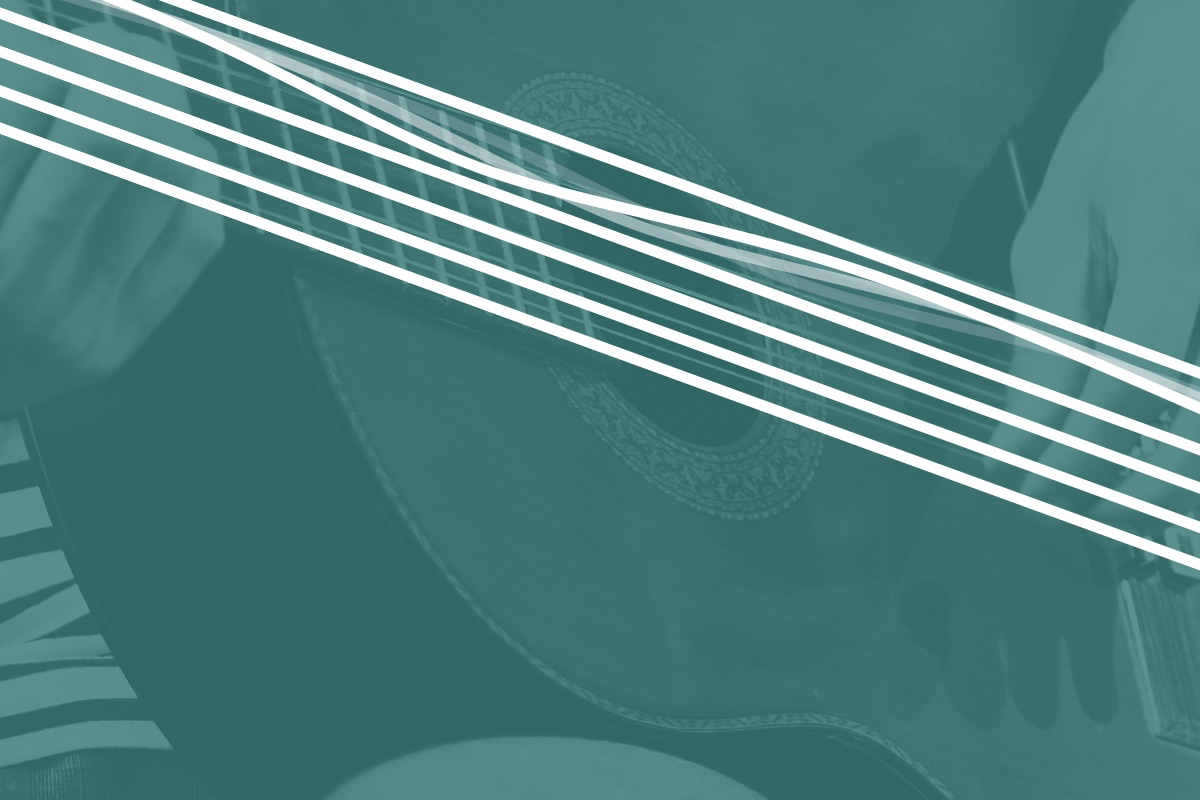Guitar tuning is one of the most important things when it comes to playing the axe. And there’s more than one way to do this. In this article, we take a look at a few different guitar tunings and explain how they could work for you.
In this blog:
Always tune your guitar
The first and most important thing to remember is that your jams will sound like crap if you don’t tune your guitar. Always begin your practice routine by tuning your guitar, regardless of whether you’re a beginner or a pro. This will also train your ears to recognize the right pitch of your strings. First, let’s take a look at what we call standard tuning.
There are so many ways to tune your guitar. What’s yours? Check out the overview article with easy tips & tricks for guitar tuning and get started (in tune!) immediately.
Standard guitar tuning
Let’s agree to call the thinnest string number one, and the thickest string will be number six. The strings are tuned as follows in standard tuning: the first string is an E, the second string is a B, the third string is a G, the fourth string is a D, the fifth string is an A, and the sixth string is an E. Yeah, that’s right, the first and the last string are both tuned to E. Keep this in mind when you change your guitar strings.
Now, you’re probably asking yourself, “How can I tune my strings?” You need a tuning device to tune your guitar. You can use an app like Chordify or a regular tuner.
On the Chordify Android app, you can find the tuner option to the right of My Library.
On the Chordify iOS app, you can tap the Toolkit and then find the tuner at the top of the page.
When you’re ready, locate the correct tuning peg at the head of your guitar, the one that’s connected to the string you want to tune. Pluck the string, check the tuner, and start turning the peg left or right, depending on whether the string sounds too low or too high.
Carefully observe the reaction of your guitar tuning device when you pluck a string. Some tuners even provide a sound when a string reaches the right pitch. Once this is done and your string is in tune, repeat this process for the remaining strings.
Alternate tunings
A standard tuning will get you pretty far, but a lot of musicians also use alternate tunings. It’s normal for people to experiment with the possibilities of their instrument, so it will come as no surprise that some artists have tried to adjust their axes in a particular way to satisfy their musical needs.
Jimi Hendrix tuning
One example of an alternate guitar tuning is the so-called Jimi Hendrix tuning, often used in grunge, rock and metal. Why is it named after Jimi? Because by playing his guitar like a legend, he popularized this tuning. The theory behind it is pretty simple. Just tune all your strings down a half step. Jimi Hendrix tuning looks like this, from thickest to thinnest string: Eb, Ab, Db, Gb, Bb, Eb.
Drop D tuning
If you’re a singer-songwriter, it might be a good idea to try out different tunings to add color to your songs. A popular way of pitching your strings is drop D guitar tuning, often used in country, punk, blues and metal. What is drop D tuning? That’s where your sixth string is tuned down one whole step, to D. So, if you’re playing in standard tuning, the strings from thickest to thinnest will be: D, A, D, G, B, E. Yup, the lowest string is a D now. This way you’ll have more power and a different sound. Try it out.
Open G tuning
Drop D isn’t the only way to alter the sound of your guitar. Once you go down the rabbit hole of alternate tunings, you’ll wake up with a bunch of crazy sounding tunes. To help you along, we wrote a few articles on the matter. Check out the blog post on open G tuning. This is an interesting one because it gives you a lot of new possibilities of approaching the fretboard. Rolling Stones guitarist Keith Richards uses it a lot, for example in “Start Me Up.”
DADGAD tuning
If you like the drop D tuning, then you can also expand this experiment and go for a full DADGAD tuning. This tuning is often used in blues, and a very famous rocker plays some epic tracks in DADGAD. Do you know who? Here’s a hint: It’s from lead, and it flies. Well… Okay, okay, okay, we’re talking about Jimmy Page from Led Zeppelin. The track “Kashmir” is written in DADGAD tuning.
Surprise yourself
Now that you know exactly how to handle your axe, it’s time to give it a try. Do as multi-instrumentalist Corijn van Mazijk said to us in an interview: “Tune your guitar in a tuning you don’t know and explore. Surprise yourself.” We don’t have much to add to that. Happy jamming!



